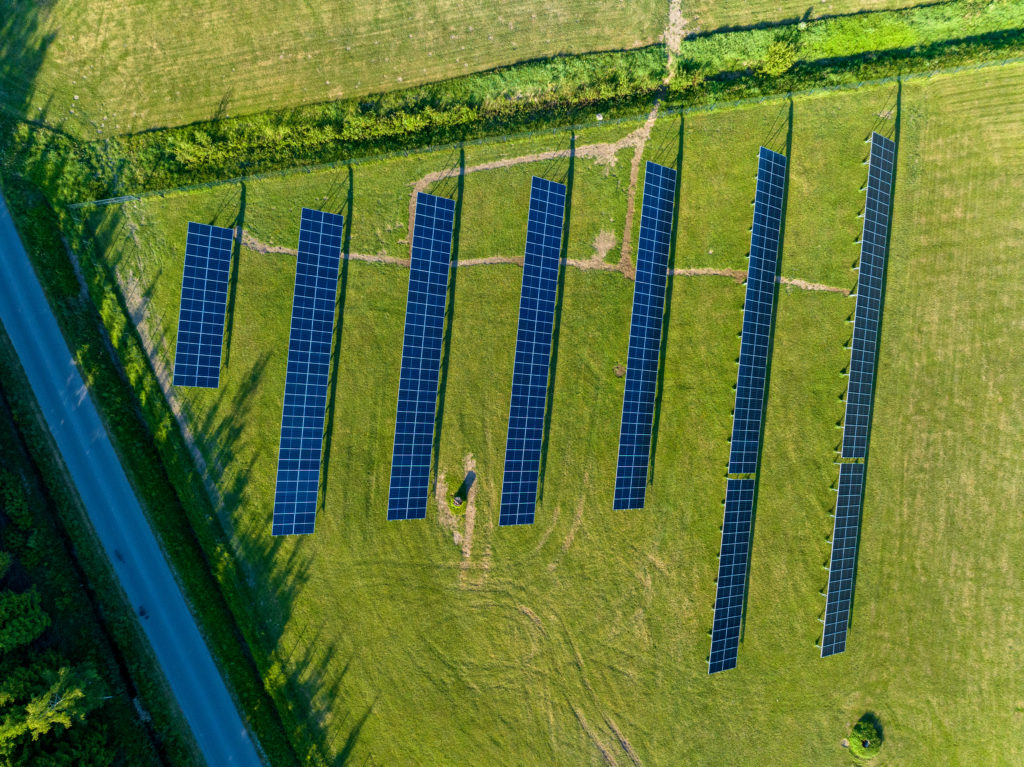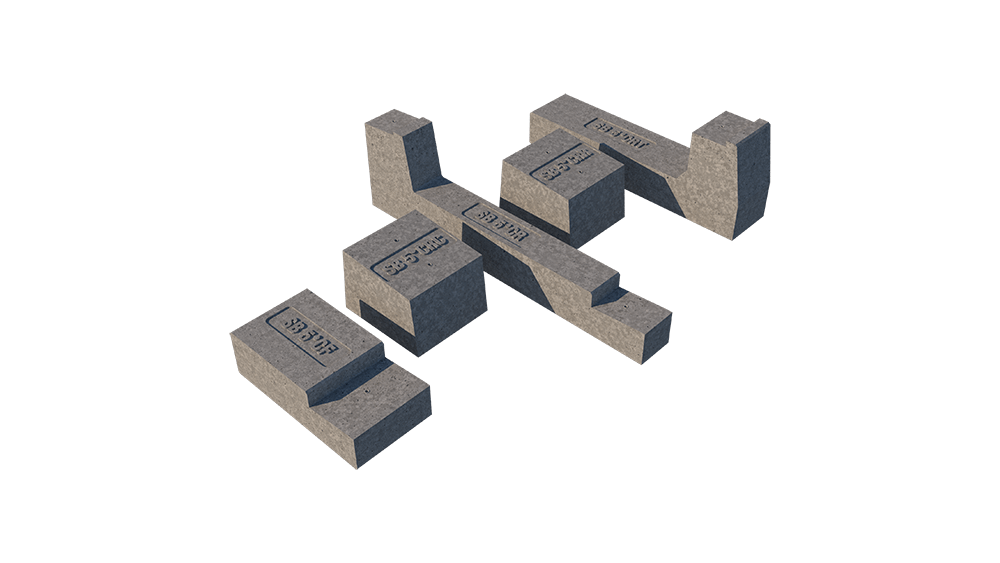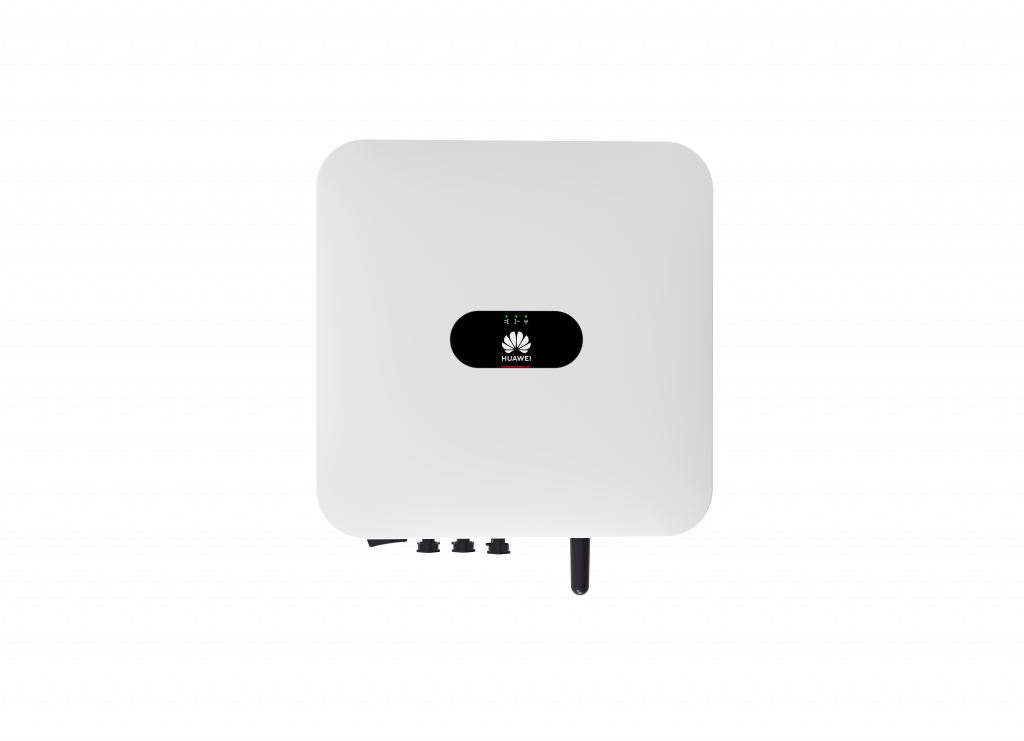Energy storage systems
Where does the produced solar energy go to?
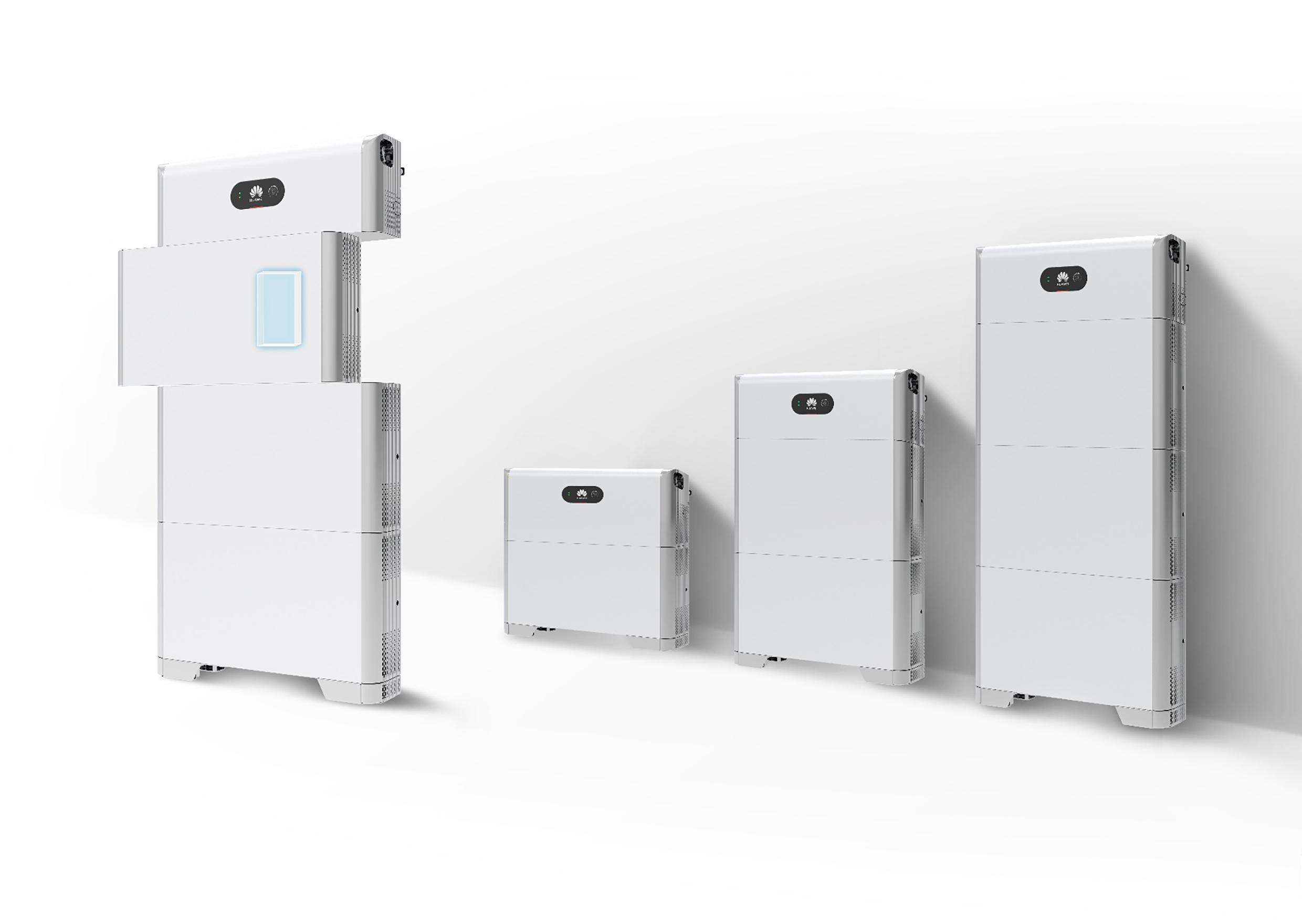
Every year, the number of electrical installations that are connected to the distribution network via micro-generation devices is increasing, and it is possible to use it for own consumption at home and sell the surplus to the distribution network.
With the increase in the amount of energy produced, the amount of balanced energy has also increased. We will describe what is offsetting and how to avoid it below.
Balanced energy (kWh) = energy supplied to the network (kWh) – energy taken/consumed from the network (kWh)
It is known that private customers’ battery banks are used for the purpose that the excess solar energy that cannot be consumed locally is not simply sold to the grid, but stored in the battery bank so that solar energy can be used at night. In addition, of course, in the winter period, when the sun is not shining, use electricity at the best exchange rate. Normally, if there is enough energy in the battery bank, the inverter monitors the consumption curve, i.e. avoids selling to the grid and buying from the grid.
However, certain inverters cannot produce power asymmetrically. If there is a mains failure and the inverter is working as a backup and feeding the consumption from the battery and the sun, the inverter (depending on the manufacturer) will work somewhat asymmetrically, but when connected to the grid, all three phases will always have equal power.
Let’s see how the produced solar energy reaches our own consumption. In our example, the inverter is three-phase and the grid company has installed a two-way meter at the connection point. Domestic consumers are generally single-phase – light, refrigerator, washing machine, coffee machine, TV, router, etc. Consumers are distributed differently between phases and use electricity at different times. Therefore, the consumption schedule is constantly changing and it is practically impossible to divide all three phases perfectly so that the consumption is equal in all phases.
Example: The inverter produces 3kW (about 1kW per phase), it takes into account the total consumption of three phases, and the network operator takes into account all three phases separately.
The first phase consumes 2kW, then you buy 1kW from the network
The second phase consumes 1kW, then buying and selling to the network is 0kW
The third phase consumes 0kW, then the sale to the network is 1kW
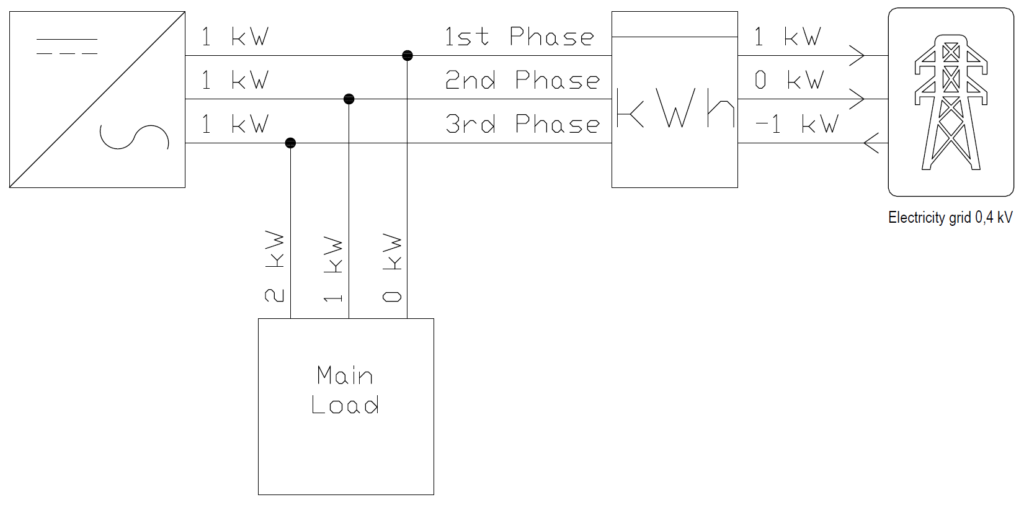
Fronius and Huawei inverters can be limited according to the phase with the least consumption, respectively. If the grid-directed power is 0kW, the inverter continuously produces zero because the third phase has a consumption of 0kW.
*From 2025, it is possible to adjust certain Huawei inverters asymmetrically.
Deye and Goodwe inverters can be configured to produce them asymmetrically. In the case of the previous example, the inverter would produce 3kW, of which 2kW for the first phase, 1kW for the second phase, and 0kW for the third.
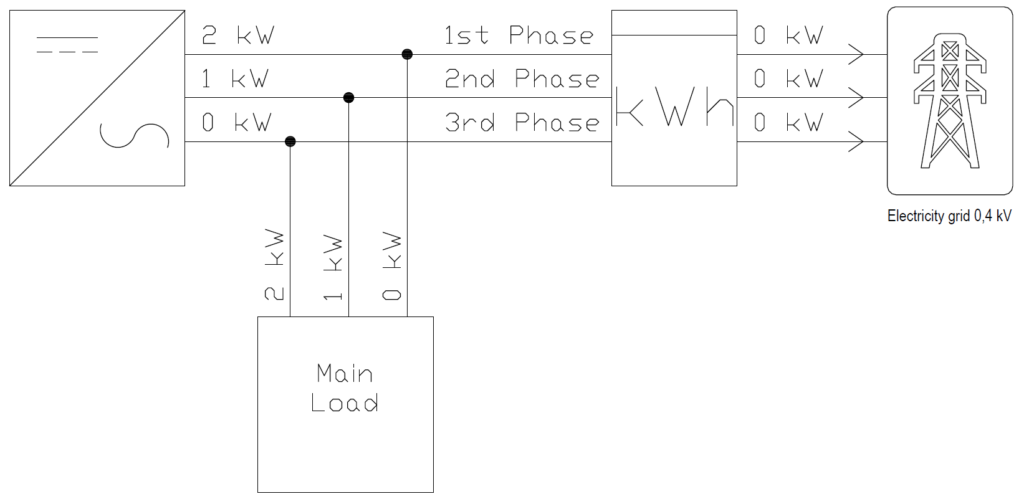
Obtaining manufacturer subscriptions has become more and more difficult and expensive in recent years, so it often does not make sense for private individuals to pay for a disproportionately expensive subscription. As an alternative, we can offer a suitable battery bank and inverter model selection. In addition, to avoid possible balancing, before choosing an inverter, you should definitely analyze the consumption curve, on the basis of which you can decide whether an asymmetrical or symmetrical inverter is needed.
